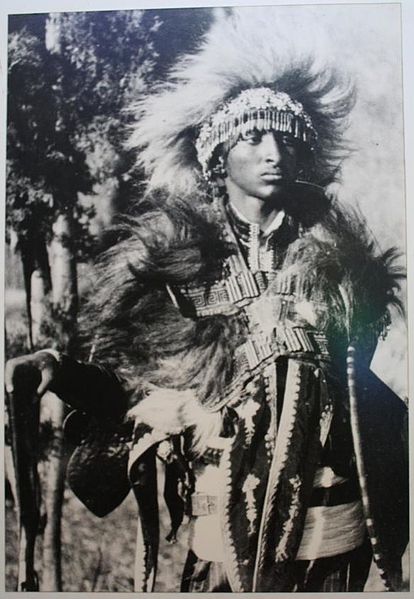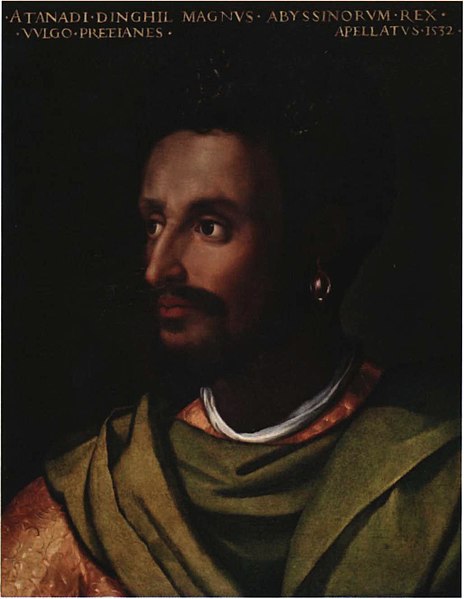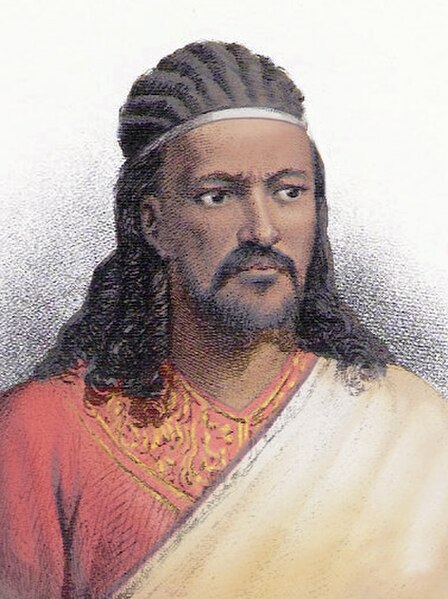Haile Selassie I was Emperor of Ethiopia from 1930 to 1974. He rose to power as Regent Plenipotentiary of Ethiopia (Enderase) for Empress Zewditu from 1916 until 1930. Haile Selassie is widely considered a defining figure in modern Ethiopian history, and the major figure of Rastafari, a religious movement in Jamaica that emerged shortly after he became emperor in the 1930s. Before he rose to power he defeated Ras Gugsa Welle Bitul of Begemder at the Battle of Anchem in 1928. He was a member of the Solomonic dynasty, which claims to trace lineage to Emperor Menelik I, a legendary figure believed by the claimants to be the son of King Solomon and the Queen of Sheba, who they name as Makeda.
Haile Selassie in the full ceremonial dress uniform of a field marshal, 1970
Then Tafari Makonnen wearing a warrior's dress
Ras Makonnen Woldemikael and his son Lij Tafari Makonnen
Dejazmatch Tafari, as governor of Harar
The emperor of Ethiopia, also known as the Atse, was the hereditary ruler of the Ethiopian Empire, from at least the 13th century until the abolition of the monarchy in 1975. The emperor was the head of state and head of government, with ultimate executive, judicial and legislative power in that country. A National Geographic article from 1965 called imperial Ethiopia "nominally a constitutional monarchy; in fact [it was] a benevolent autocracy".
Last to reign Haile Selassie 2 April 1930 – 12 September 1974
Lebna Dengel, nəgusä nägäst (emperor) of Ethiopia and a member of the Solomonic dynasty.
Emperor Tewodros II (1855–1868)






